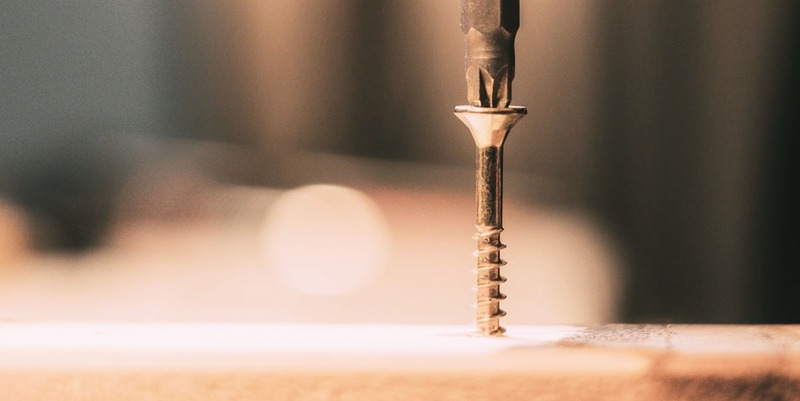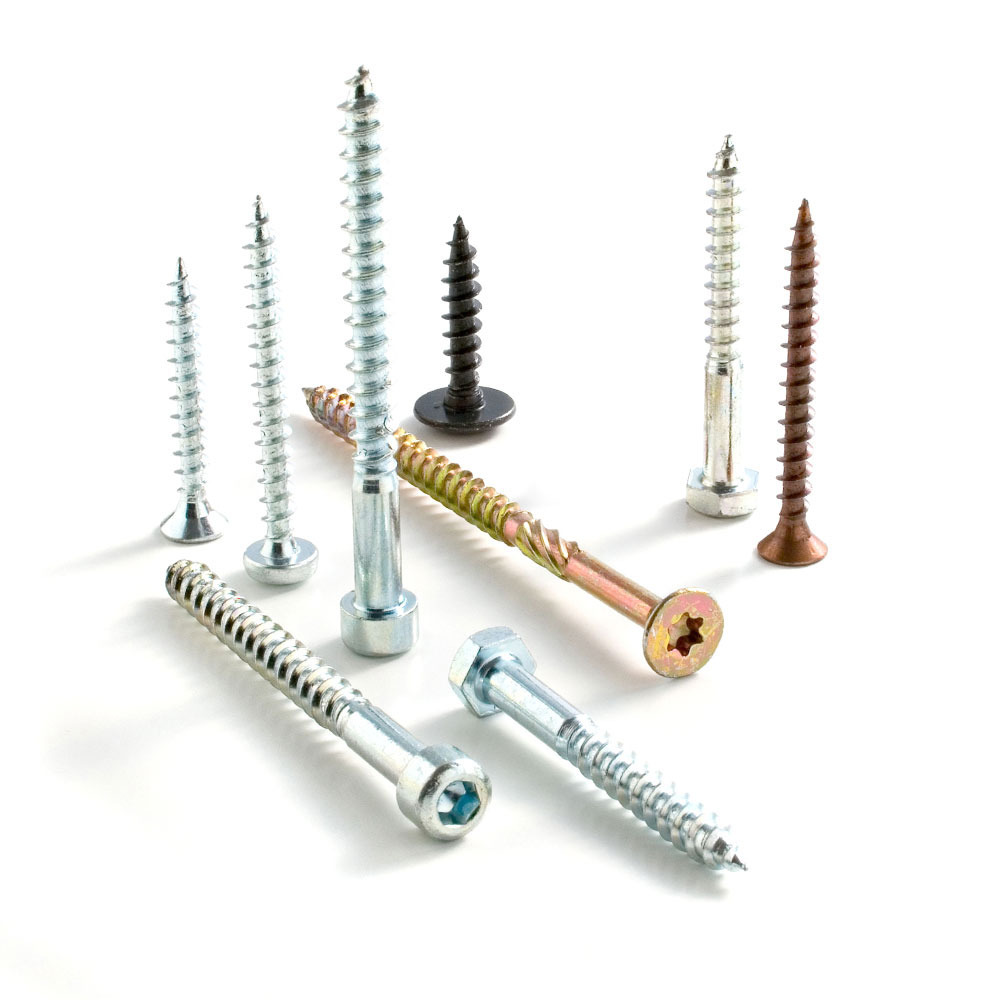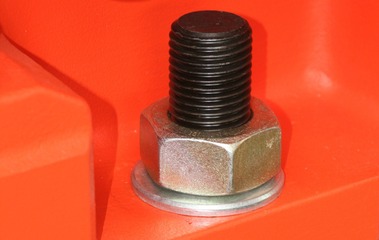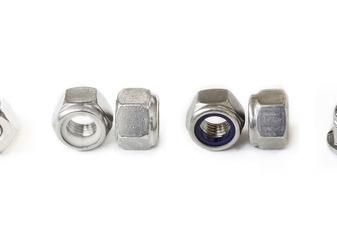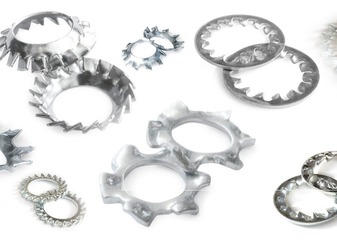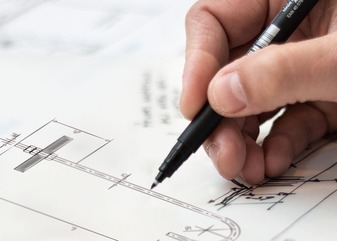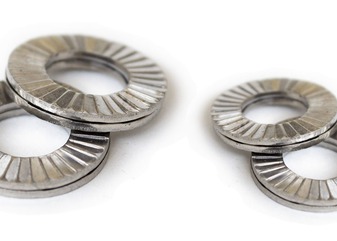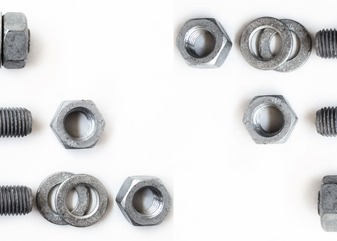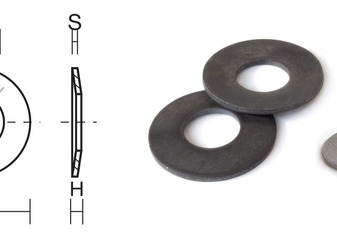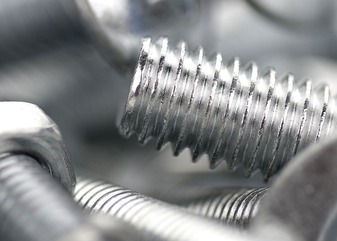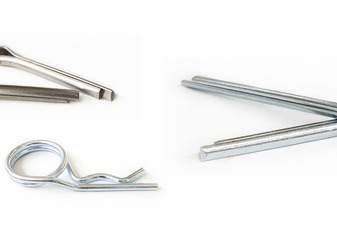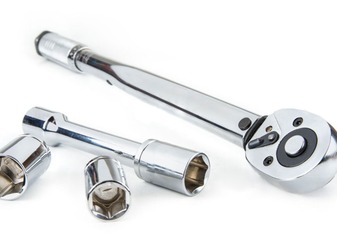The market offers a remarkable variety of screw types, each with specific characteristics. Identifying the right one most suited to your needs can be a simple action when you know the intended use and the material you will be working on.
The characteristics of screws and bolts are different, and it is essential not to choose randomly because the products are not all the same.
Each screw has a shape and a specific function. Therefore, the choice requires careful evaluation, especially when dealing with delicate materials like wood. In the following paragraphs, we will indeed provide useful information about wood screws and their use.
What are wood screws?
Wood screws are indispensable elements in the carpentry and joinery sector. Their main feature is the ability to be inserted into the material without damaging it.
Generally, they are presented with a sharply pointed end and threading, either complete or partial. Made of galvanized steel, bronzed, or stainless steel, they can also vary in relation to the head, which can be countersunk, round, or flat.
Below is a comprehensive list of this type of product:
All wood screws undergo a lubrication treatment, useful for reducing the effort to screw or unscrew them.
Especially for the assembly or disassembly of this type of screws, it is useful to underline that there are self-tapping wood screws: these are self-drilling wood screws that create the threading during the movement and, through the exerted energy, create the hole in the material.
It is obvious that this type of product cannot be used on excessively hard materials or for precision work where a drill is necessary to bore the wood.
The screwdriver is indeed the tool that simplifies the screwing and unscrewing of wood screws. The use of this tool requires selecting the right bit for tightening, the one that matches the head of the screw (e.g., the Torx bit for wood screws).
What screws to use for chipboard?
When talking about wood screws, it is necessary to dedicate a section to screws for chipboard. Chipboard is a very delicate material that requires special attention even when screwing is done by hand.
Indeed, to prevent the material from deforming, the advice is always to choose the most suitable screw and therefore not excessive for the surface. This rule is to be remembered especially if you are working on the corners of the surface, fragile points of the material. In general, it is good practice not to apply excessive tightening force and, therefore, for chipboard choose screws that can be screwed in without any hole.
For further useful advice on how to choose the right wood screw, subscribe to our newsletter.
You can contact us at commerciale@univiti.it to request a quote.
 Added to quote
Added to quote